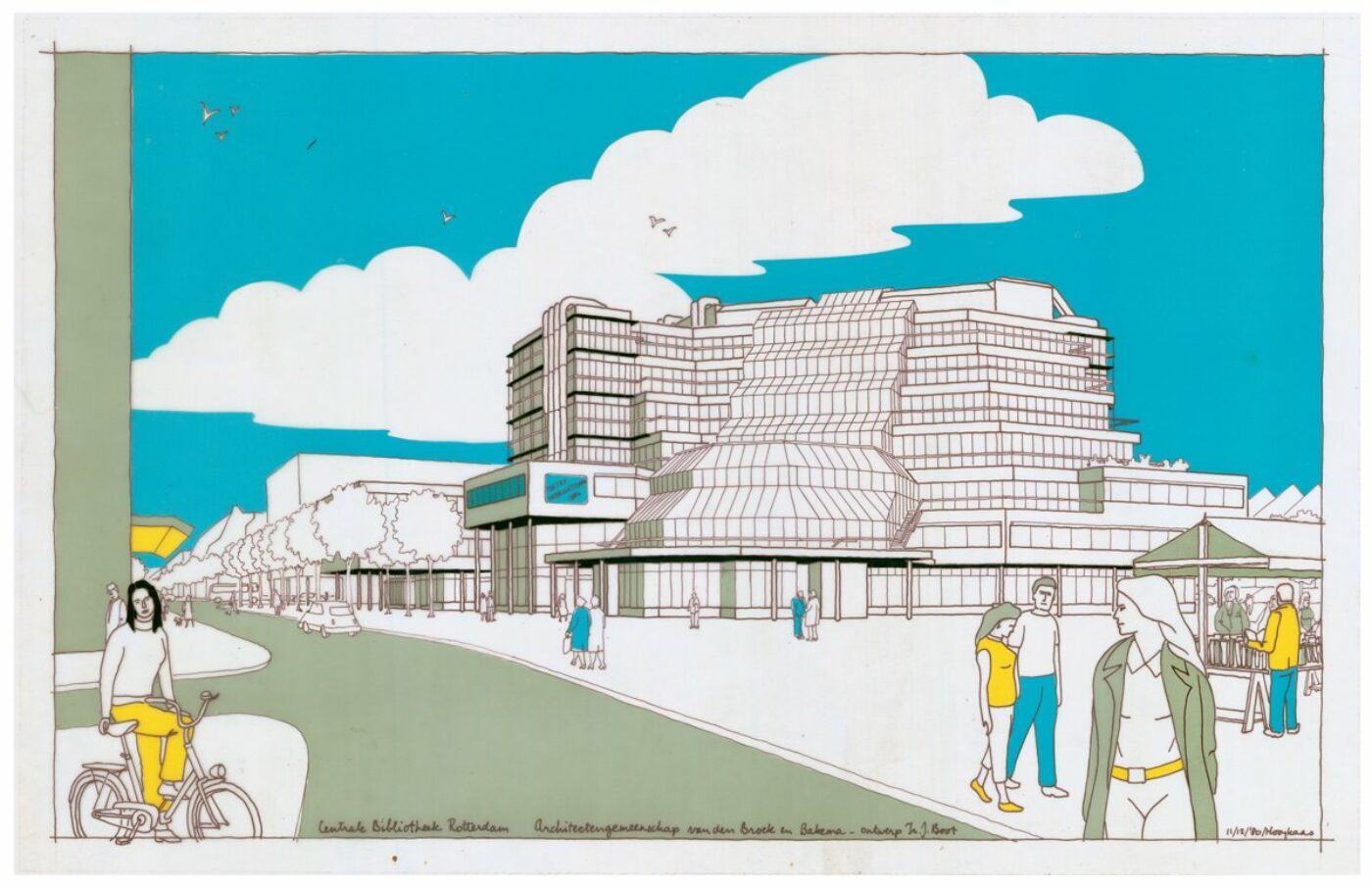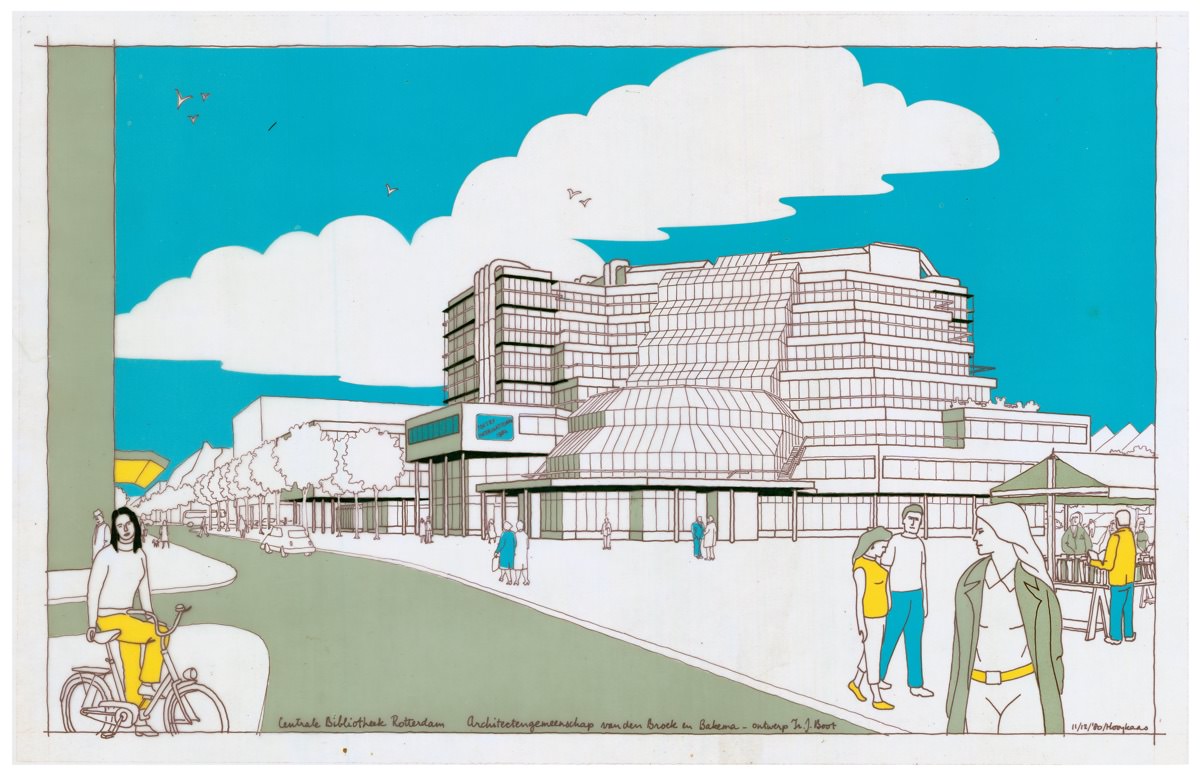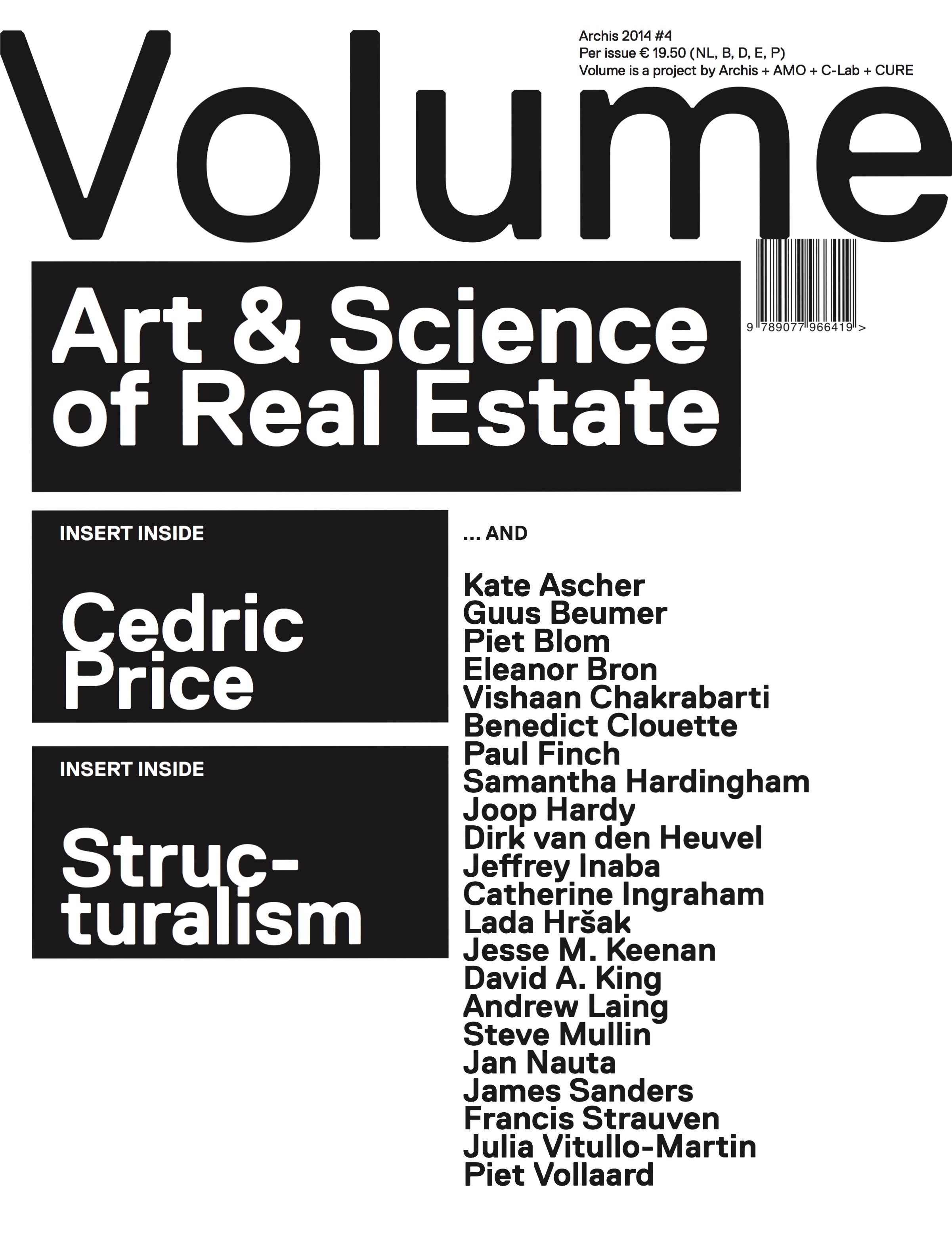Speak, Memory!

I was a student when doubt had already made itself felt. In the mid-1970s I walked into the Social Academy at Westblaak, Rotterdam – an 18-year old, embarking on my studies. You might say the social academy was one, if not the ideological center of the welfare state. Not only intended to shape the critical contours of everything that ‘social’ could achieve. It also provided the support staff of social workers, community workers and socio-cultural workers for an intricate infrastructure of temporary refuges/shelters, crisis-, community- and youth centers, and the like.
It was the time when the social aspect was supposed to function as the dynamic motor for a new society, aided by architecture and urban planning as agents of change. The academy building, more or less across the street from the architecture office of Van den Broek and Bakema in Posthoornstraat, had the typical aesthetic of its day, with endless gravel-screed floors, flanked in places by pale grey walls of aerated concrete blocks. In addition, the interior was characterized, apart from a huge rope wall-hanging, by pragmatism. Looking back, it was mainly the vast numbers of washing machines (where else could a student do the laundry?) and the white Formica tables littered with plastic beakers that were typical appointments.

From the very first day – and ultimately I spent four years there – every standpoint, every political truth, every personal ambition was analyzed, discussed and in the end rejected, so that everything seemed to be permanently in a state of flux, never to solidify. The first day all the lecturers were on strike, often themselves only four, five years older than myself; they refused to continue as ‘lesson-merchants’, demanding that the student take the responsibility for his own learning program. In my final weeks, the plenary meetings – the last vestige of an institutional structure – were dominated by paralyzing criticism of the individual character of the social infrastructure, which from the inside out….
Why am I writing this, why do precisely these anecdotes surface when I’m asked about the background of Het Nieuwe Instituut’s choice for long-term research into structuralism? For me, the reason lies in the analogy: I was a student when doubt had already made itself felt, doubt about welfare work, doubt about a social infrastructure, doubt about the eternal polarity between bottom-up and top-down, doubt about architecture and, by extension, urban renewal and community work as an instrument for social engineering and, of course, doubt about the idea of an equitable society. Doubt as regards the social aspect that Hans Achterhuis was to formulate brilliantly in ‘De markt voor welzijn en geluk’ [The Wellbeing and Prosperity Market] (1979).

And those doubts, that were so at odds with the ideas of the post-war reconstruction generation like Van Eyck and Bakema, inevitably formed the gateway to that other ideology, that of the market, of the consumer. I also remember the moment of intellectual release when all those reader-unfriendly publications by companies like Suhrkamp, for instance about false consciousness (1971, Wolfgang Fritz Haug, Kritik der Wahrenästhetik [Critique of Commodity Aesthetics]) made way for a more perceptive description of the superficial, which could cover every antithesis, and pop culture, fashion and punk were not automatically disqualified as expressions of civil proto-fascism. Nowadays, we know that that market and its endless flexibility did not provide the promised answer either, and once more a productive moment is being sought and the domain of the ‘social’, including the ideology of top-down versus bottom-up, and the possible role of design are being reassessed. Just when the polarity between market and government, between consumer and citizen, appears to have been abolished and we refer to ‘a culture of convergence’ (Henry Jenkins), to a creative industry and the moment when the contract between the citizen as a consumer and the government as the market, should be revised. In other words, now is the moment when the deployment and arsenal of Structuralism are again experiencing social urgency, simply as a mirror of the present situation, with the infinite wealth of the institute’s archive providing a helping hand.
 This article was published in the Structuralism supplement to Volume #42, ‘Art & Science of Real Estate’.
This article was published in the Structuralism supplement to Volume #42, ‘Art & Science of Real Estate’.